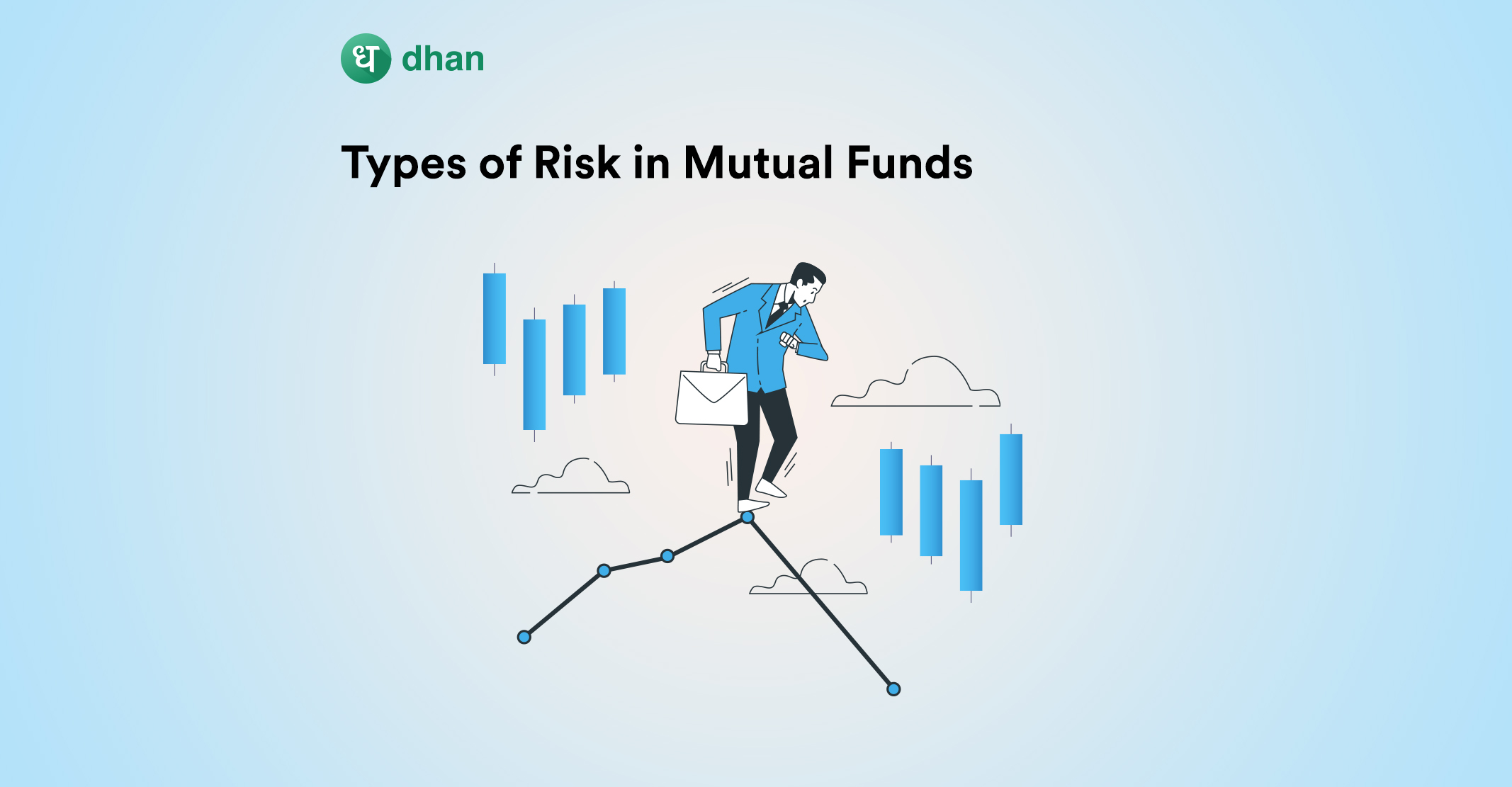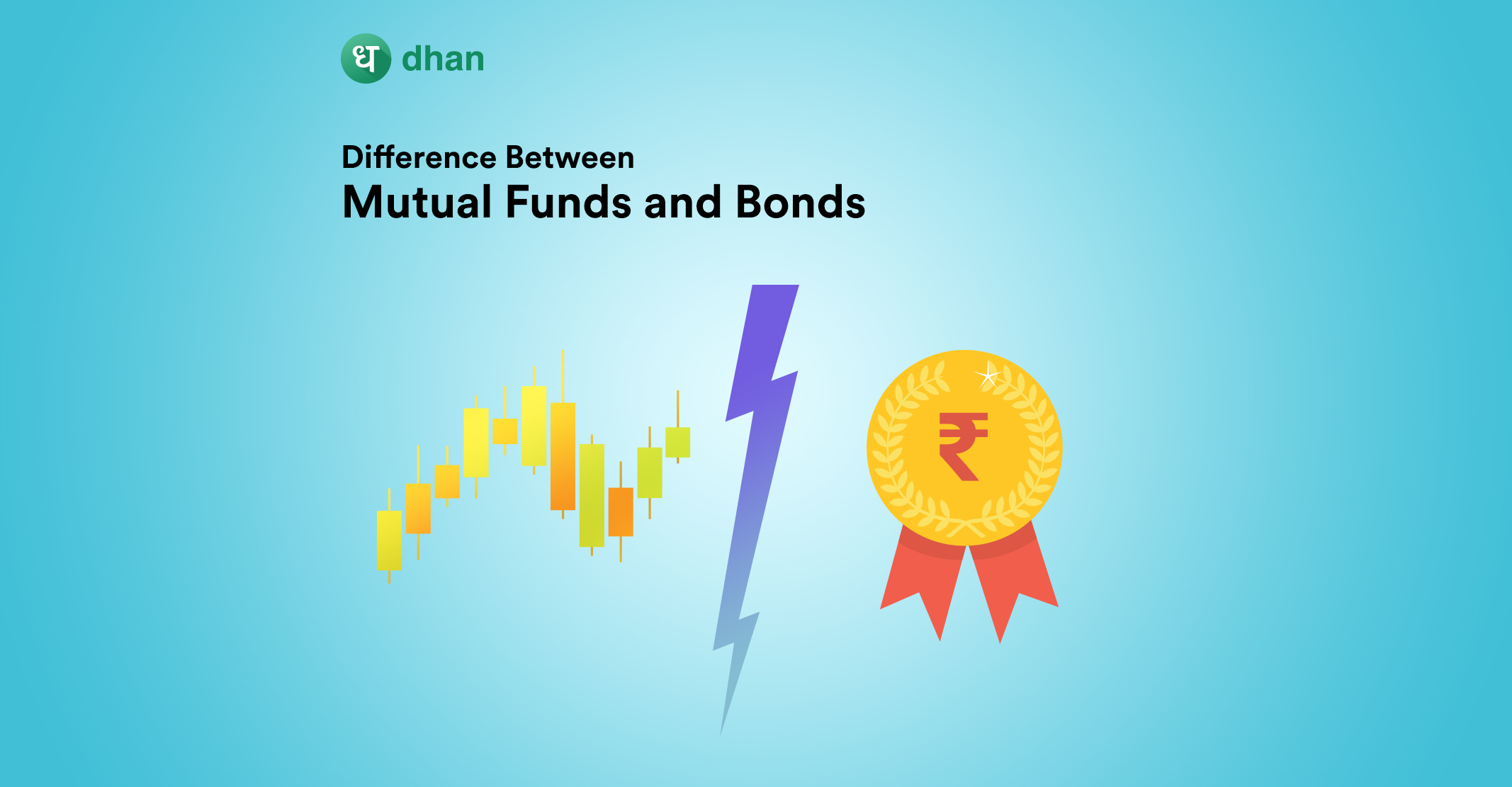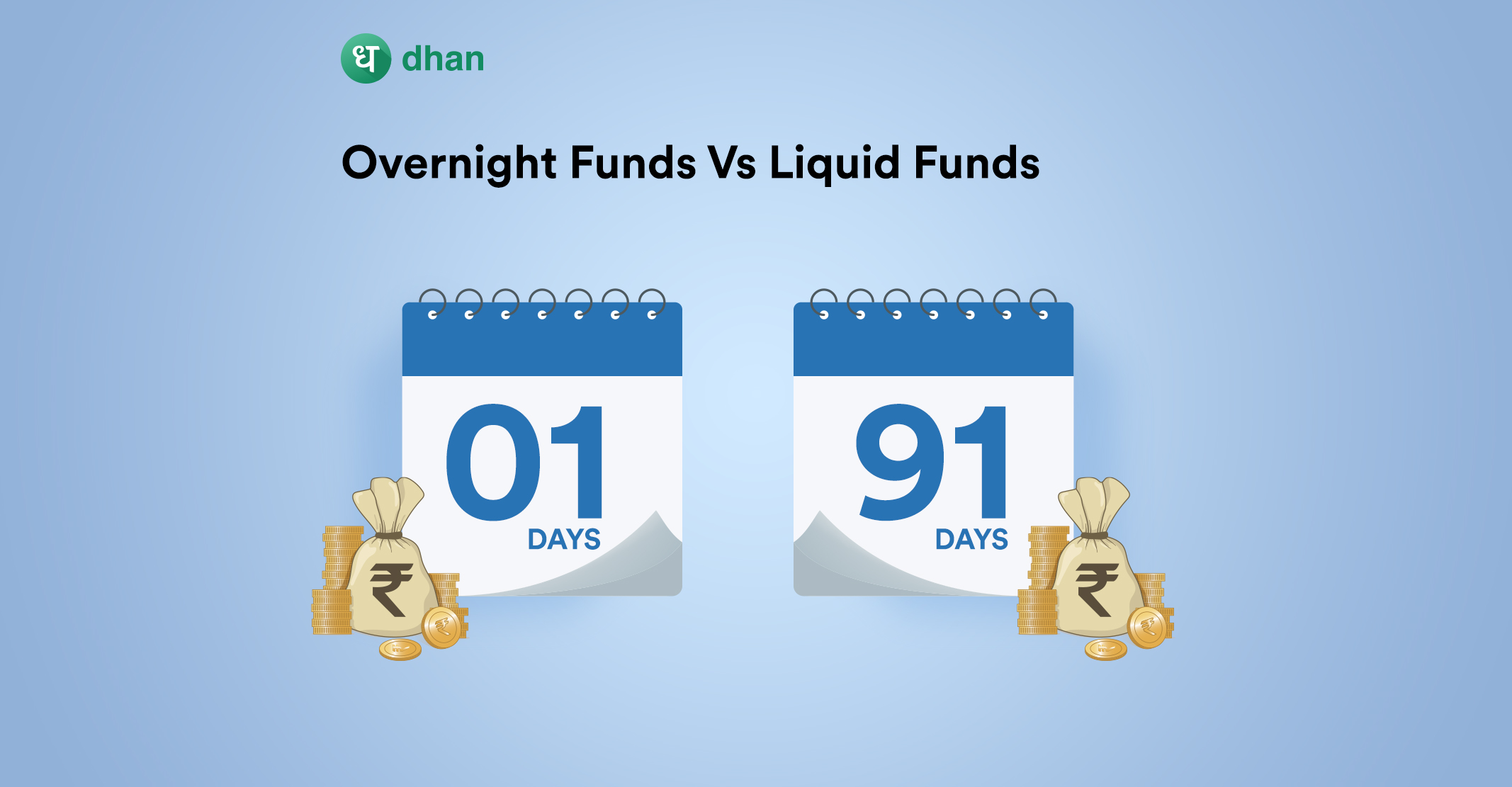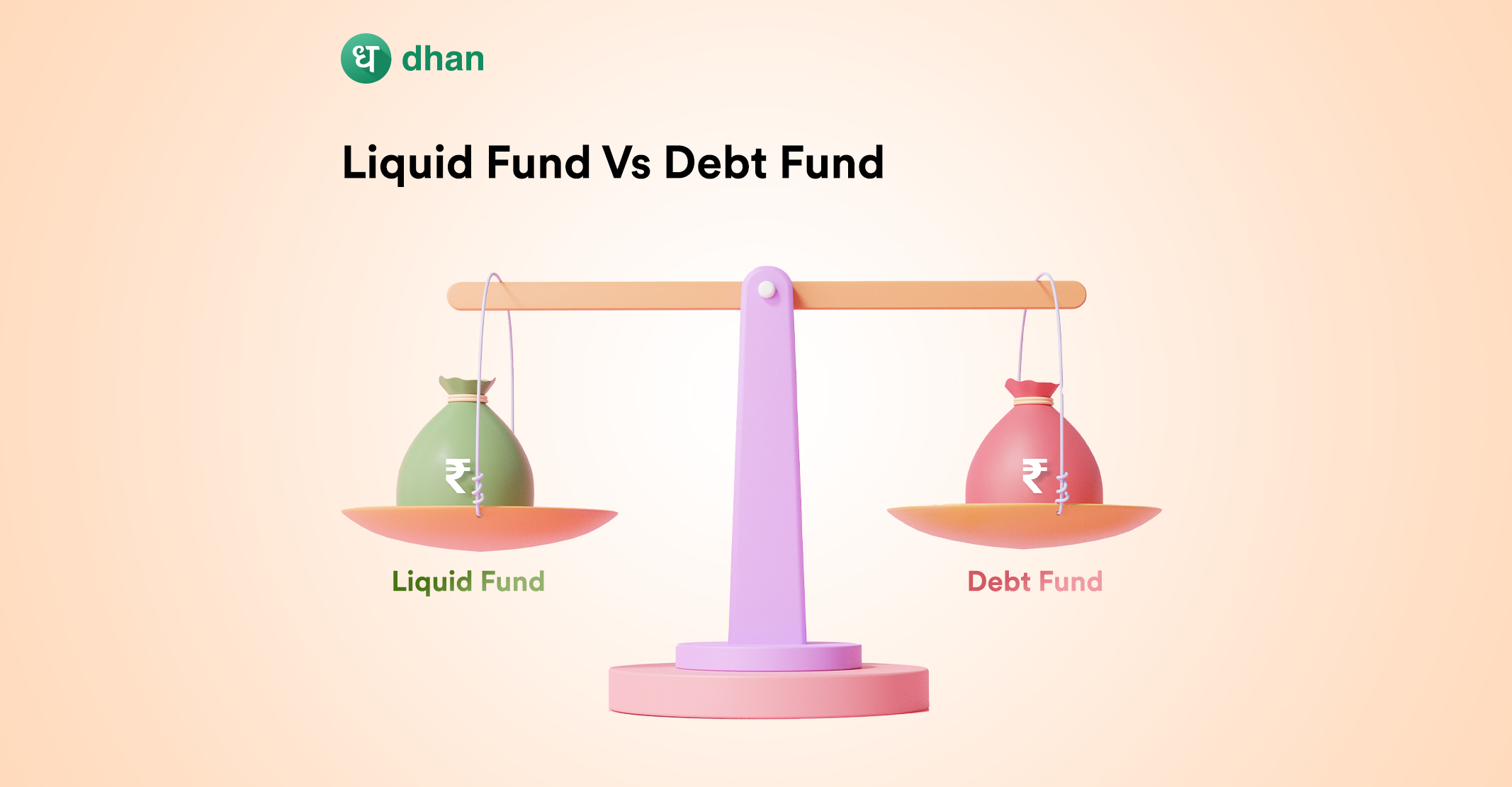Online mutual funds are slowly but steadily becoming a preferred investment option in India. There are as many as 142 million folios in India, most of which hold mutual funds of various types.
For all their positives, mutual funds are linked to the stock and bond market. This means mutual funds carry risks.
In fact, there are various types of risk in mutual funds that you as an investor should be aware of. We’ll cover these risks in this blog.
Types of Risk in Mutual Funds
There are different types of mutual fund schemes, and each type carries its own risks. So here, we will cover various types of mutual funds and their risk.
1. General Market Risk
Mutual funds, like any other financial security, are susceptible to general market risks that can impact their performance.
Several market conditions can cause fluctuations in the mutual fund market, including:
- Regional, national, or global economic developments
- Introduction of new government policies and laws
- External factors such as natural calamities and wars
You must have witnessed above-average volatility during the COVID pandemic and during the Russo-Ukraine war.
Both events dented supply chains and the overall profitability of various businesses. Check the graph below to see Nifty 50’s drop during the pandemic.
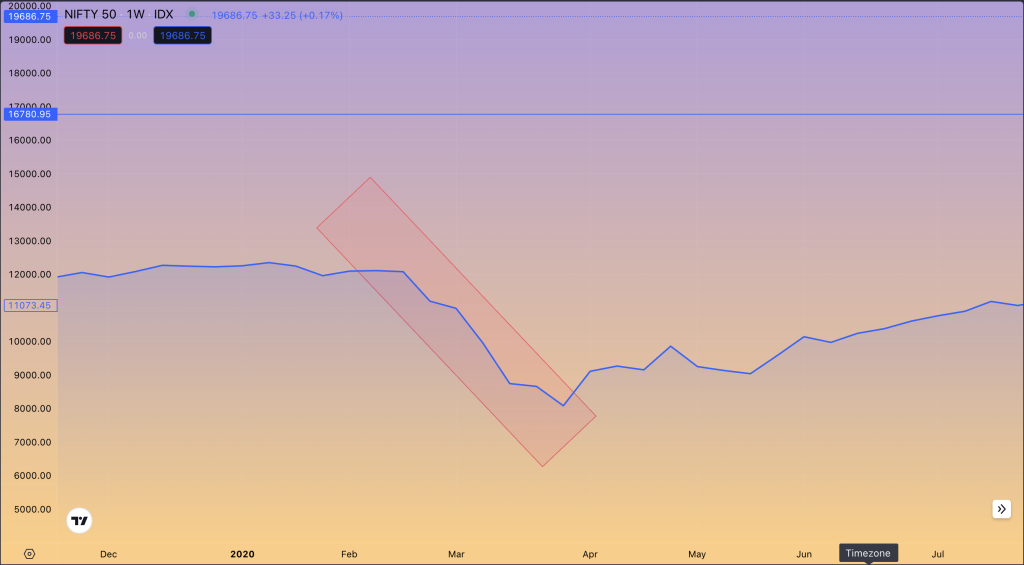
The mutual funds that held the stock of these companies may have seen a drop in returns too.
Thus, it is crucial to stay informed about current market conditions and consider these factors when making investment decisions.
2. Credit Risk
Credit risk for mutual funds arises when the fund manager adds low-credit securities to the fund.
This may be the case with debt funds primarily because they invest in bonds and other credit-rated fixed income securities.
Debt funds, in general, invest in a range of fixed-income instruments such as corporate and government bonds, money market instruments, and corporate debt securities with varying credit ratings.
However, fund managers sometimes include low-credit securities in their portfolios to enhance returns, which can potentially backfire.
In fact, there is a type of debt fund known as a Credit Risk Fund that invests in bonds with low credit ratings.
Investors should be aware of the risks and potential returns before investing in debt-based mutual funds or other similar funds.
3. Interest Risk
Uncertainties in the market often lead to fluctuations in interest rates, and this leads to interest risk. Interest risk is also one of the risks that you may face when you invest in debt funds.
The market value of fixed-income instruments (hence debt funds) is inversely dependent on the interest rate.
This means that if the market experiences an increase in the interest rate, the value of the existing fixed-income instruments falls, and it increases when the market experiences a decline in the interest rates!
4. Concentration Risk
Concentration risk arises in a scenario where fund managers put most or all of the fund’s money into a single equity share, bond, sector, or industry.
This means that the fund is more prone to capital risk in the event of a sector-specific or any such specific crisis.
However, avoiding this risk is fairly straightforward with portfolio diversification as long as there are multiple stocks, bonds, themes, or sectors involved! Paying attention to asset allocation is the key here.
5. Liquidity Risk
Mutual funds that have a long-term investment horizon and a lock-in period, such as Equity Linked Saving Scheme (ELSS) funds, typically carry liquidity risk.
This is because these funds restrict investors from altering or withdrawing their investments before a certain period, which can create liquidity issues in the short term.
As a result, investors may find themselves unable to redeem their investments during times of financial need, which can be a significant disadvantage of investing in such mutual funds.
A famous fund house pulled the plug on 6 of its debt funds because of a liquidity crunch in the market during April 2023, at the height of the COVID-19 pandemic.
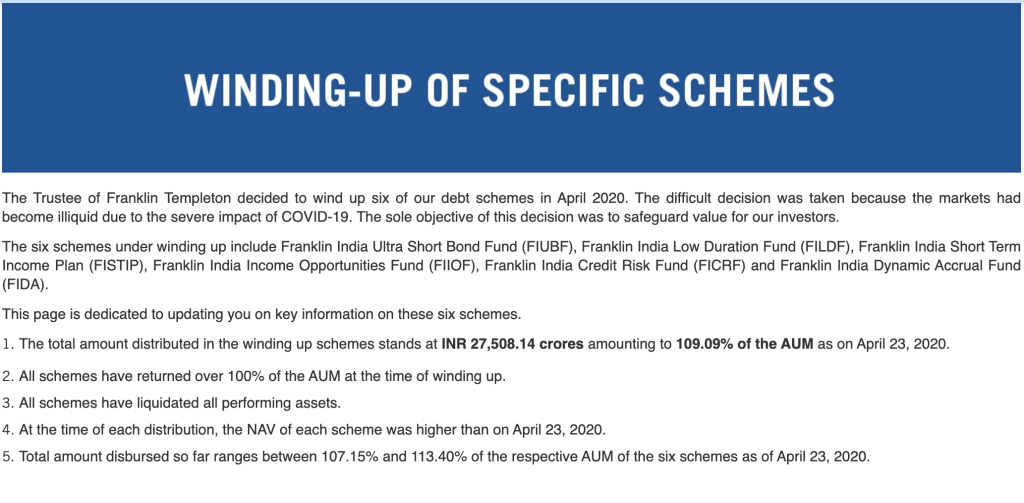
Thus, it is important to carefully consider one’s financial goals and liquidity requirements before investing in ELSS funds or other long-term mutual funds with lock-in periods.
6. Volatility Risk
Equity-based funds are highly influenced by microeconomic factors, as they invest in stocks of companies listed on the stock exchange.
Thus, the values of these funds are closely tied to the performance of the companies in which they invest.
However, the impact on equity-based funds is not limited to company performance alone.
Changes in regulations by SEBI, government policies, RBI policies, economic cycles, and other macroeconomic factors can also affect stock performance, potentially leading to a decline in the value of these funds.
Understanding the impact of both micro and macroeconomic factors on fund performance can also help investors make informed decisions.
7. Management Risk
The mutual funds’ portfolio is only as good as the person managing it. If the mutual fund manager underperforms and does not meet the set benchmark, you may not obtain the expected return on your investments.
This is known as management risk because it is entirely dependent on the ability of the fund manager to make decisions and rotate your funds.
Conclusion
It is crucial to understand the various types of risk in mutual funds as this knowledge can help investors devise effective mitigation strategies.
Investors should conduct thorough research and understand the specific mitigation plans for each type of risk before making mutual fund investments to ensure optimal returns and risk management.
By being aware of and proactively managing risks, investors can make informed decisions and confidently navigate the mutual fund investment landscape.
Like this? Then you’ll love:
